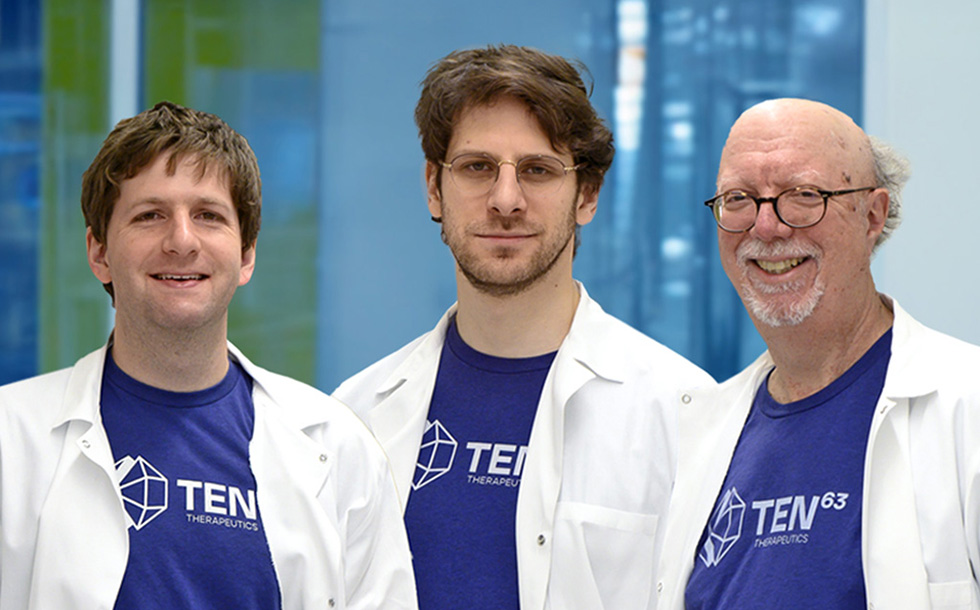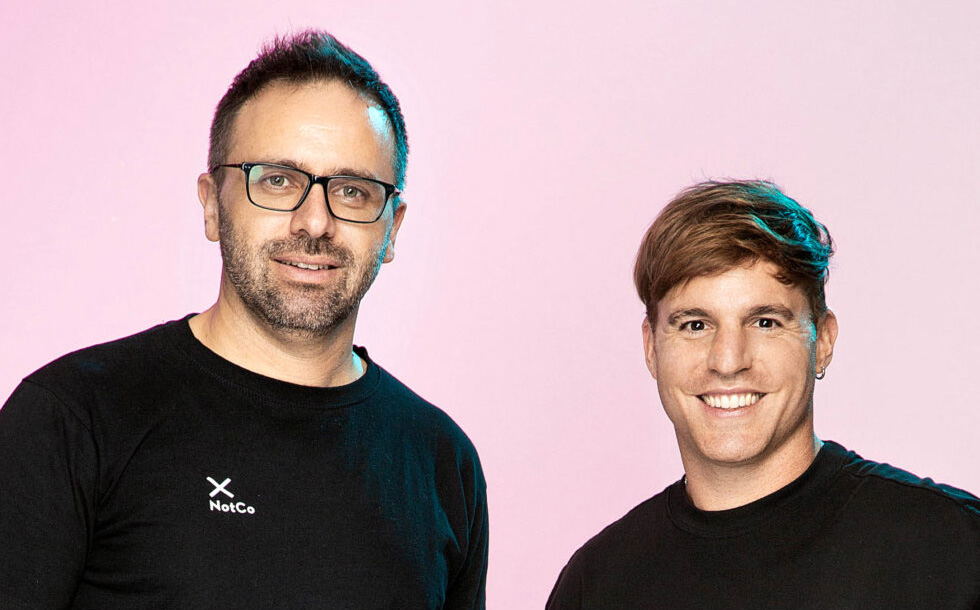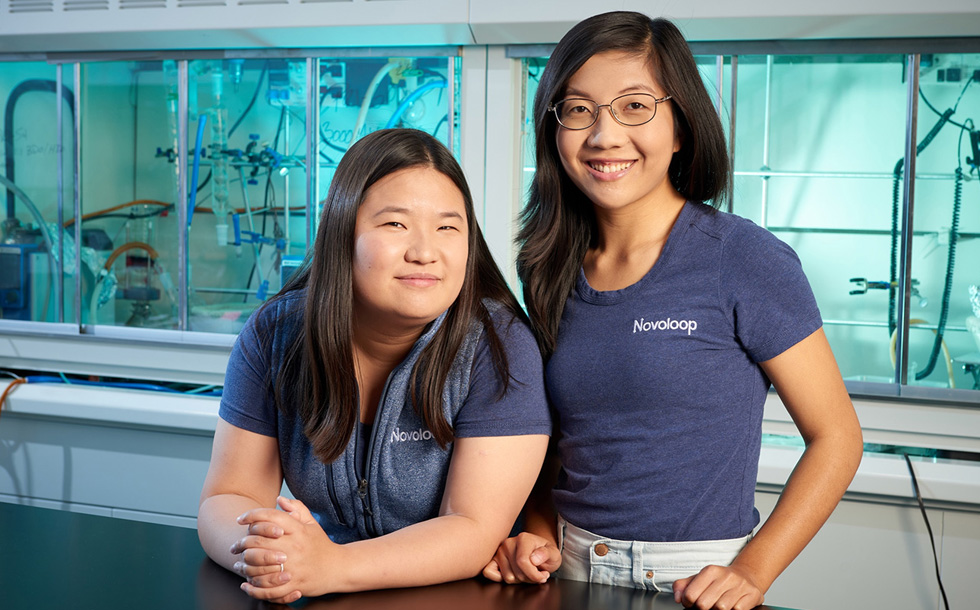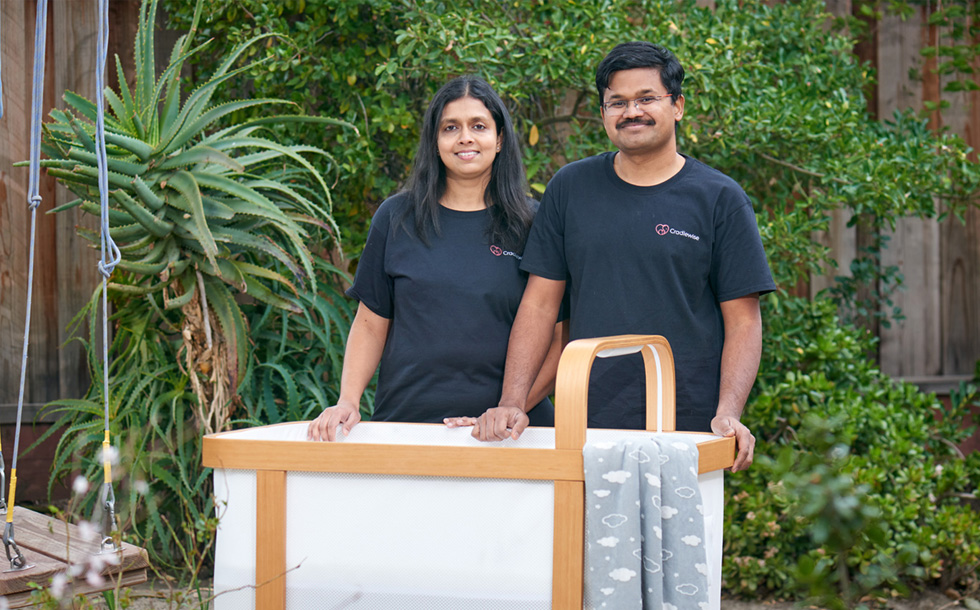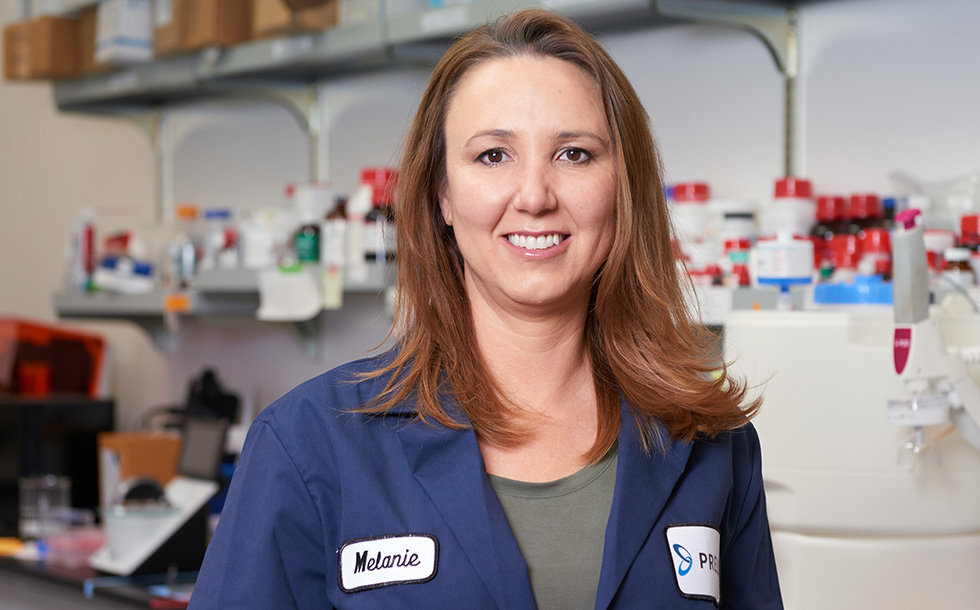This story was originally published on TechCrunch. This version includes minor edits.

Two weeks ago, over 60 iconic founders and investors shared their insights on how the world can tackle the planetary “Code Red” with over 2,000 participants at the inaugural SOSV Climate Tech Summit.
Here are key takeaways from over 16 hours of programming.
To download: https://bit.ly/sosv-climate-insights
It’s not clean tech 2.0
Is it another clean tech bubble? While the previous boom and bust arguably led to several successful companies (we might include Tesla), it’s different this time. The difference is that people and governments are pushing corporations and funds toward net-zero, and this movement is not going away.
Tony Fadell, father of the iPod and the iPhone, the co-founder of Nest, and now an investor with Future Shape, said during the Summit: “Every company has some problem with clean to solve. [ … ] It’s a new industrial revolution, and pretty exciting, frankly.”

The opportunity of a lifetime
As Bill Gates put it during his interview with climate tech journalist Amy Harder, “There will be 10 Teslas out of this space, and only one of them is well known today.”
This echoed the statement that “500 to 1,000 unicorns created by such a complete reconstruction of industries,” as Sean O’Sullivan, managing partner of SOSV, said at TechCrunch Disrupt in September, and the recent prediction by Larry Fink, CEO of Blackrock that “the next 1,000 unicorns will be in climate tech” at the Middle East Green Initiative Summit in Riyadh, Saudi Arabia.

On the “Valleys of Death” panel, Arvind Gupta, partner at Mayfield, who recently published a roadmap for climate investors, explained that “re-materializing our economy” was a $100 trillion opportunity. Suzanne Fletcher, general partner at Prime Movers Lab, added that we were in the golden age for breakthrough science, and while “it’s the second inning for EVs, it is the first for agtech and other sectors, with a lot still untouched and undercapitalized.”
Dr. Clea Kolster, chief science officer of Lowercarbon Capital, said during a carbon-removal panel, that “Whether we achieve net-zero or not, we need to roll back the CO2 that we’ve emitted. Carbon removal needs to become the size of the oil and gas industry, a trillion-dollar market. Today it’s about a billion dollars.”
It’s about people
Last year, clean tech veteran investor Vinod Khosla wrote that we needed breakthroughs supported by a dozen instigators — we could call them the “green dozen.” At the summit, he reiterated this view, highlighting that we need more tech talent and Ph.D.s to pursue those breakthroughs.
Josh Santos, CEO of Noya, a startup that retrofits industrial cooling towers to capture CO2, felt optimistic, saying, “More than ever, there is a surge of interest of people that previously had jobs outside of climate that are looking at moving into climate. We need the federal mandates, but none of it matters if we don’t have people to do it!”
Mayfield’s Gupta added that his chief worry was about scientists that have brilliant ideas but not the means to follow up. Katie Rae, CEO and managing partner of MIT’s The Engine, added that we must ensure scientists believe they could be entrepreneurs, and investors need to back people who don’t look like the people who have won before. In the same spirit, Alex Greenhalgh, CEO of bio-silk company Spintex, encouraged scientists to venture out, saying, “You can’t see someone wearing your academic paper.”
To summarize the scale of efforts needed, Bill Gross, the founder of Idealab, Heliogen and Energy Vault, said, “We need thousands of shots on goal to do it, and entrepreneurship is the answer.”
It needs patient capital
Climate tech is not a walk in the park and the playbook is yet to be written. Khosla said that a good analogy was biotech/pharma investing, where it takes 10–15 years from concept to a drug approved on market. “Climate tech is the same way,” he said.
David Tze, CEO of Novonutrients, which uses industrial CO2 to produce proteins, detailed the steps and “valleys of death” that startups need to cross: “You need to find investors who are willing to support a multistage, scale-up process as you go from a laboratory benchtop to the floor scale, to field pilot, to demo scale, to small, large and very large commercial scale … and that takes years.”

Scott Jacobs, CEO and co-founder of Generate, added, “It is a real mistake to think that capital is just fuel. Your investors will be involved for a long time and hopefully can provide much more than fuel.”
Money wants green
The climate tech funding stack is still lacking in parts, but things are trending upward, with a new climate tech fund or SPAC seemingly announced every week. In addition, institutional investors are looking for new assets to re-allocate and “green” their portfolio.
As Mateo Jaramillo, a former Tesla VP and now CEO of Form Energy, explained, “[Energy storage can be a] new asset class to invest in, like coal or natural gas.”

Watch for frontrunners
Things are already in motion. Matt Peterson, director of the Amazon Climate Pledge Fund, pointed out that Amazon is already the largest purchaser of renewable energy, with over 10 GW of capacity, and the totality of Amazon “looks like the world at large” with its data centers, warehouses, vehicles, devices, movies and complex supply chain. “If it works for Amazon, it works for a lot of companies of smaller size,” he said.
The Amazon Climate Pledge was joined by over 200 corporations, and several tech giants like Microsoft and Shopify are standing out with further action toward decarbonization of both direct and indirect emissions.

While “geography is destiny” for renewable energy — the amount of sun, wind and rivers a country has can’t be changed — some countries are also worth paying attention to:
- Singapore, home of the sovereign fund Temasek, has the unique situation of being a developed nation with very limited natural resources and imports almost all its food and energy. The way it handles this wicked problem is likely to provide insights to the rest of the world. As a start, it was the first country to allow the sale of cell-cultured meat last December.
- Iceland gets most of its electricity from hydroelectric and geothermal power. Already attractive to the power-hungry crypto-mining industry, it could also become the carbon-capture center of the world.
Climate is everywhere
Every industry wants green solutions. The summit highlighted innovators in some of the key sectors we need to decarbonize:
- Energy storage: Form Energy, Redwood Materials, Heliogen and Energy Vault.
- Food and agtech: Upside Foods for meat, Shiok Meats for seafood and Pivot Bio for fertilizers.
- Industry: Boston Metal for steel, Sublime Systems for cement, Spintex and unspun for fashion, and Noya and Novonutrients for carbon capture.
Form Energy’s Jaramillo said that a running joke these days is: “Your next job is going to be in climate whether you know it or not.”
We need hopeful inspiration
Dr. Jennifer Holmgren, CEO of Lanzatech, said, “We’re going to get this done. We have to get this done!”
The final thoughts were from sci-fi and climate fiction author Chen Qiufan, author of “Waste Tide” and the recent “AI 2041” (co-authored with investor and AI expert, Kai-Fu Lee): “There are already so many dystopian ideas. We need to write about a positive and bright future to inspire young generations.”

In our attendees survey, a mere 5.8% felt we were all doomed, while another 15.4% answered “Wait and see”, and an overwhelming majority with 78.8% reported that they felt optimistic about the future after the summit.
There is much work to do
The event was resolutely focused on funding innovation, and left open several questions:
- Nuclear energy. Should it play a role in the transition, as a non-renewable, low-carbon source. Will public opinion evolve? Is nuclear fusion achievable?
- Scalability of renewables. As mentioned above, ‘geography is destiny’ for solar, wind, hydro and geothermal. In addition, solar and wind energy take lots of space, building materials, require energy storage, and suffer from price variability.
- Hydrogen. Green hydrogen requires energy, and the existing gas infrastructure isn’t fully compatible as as H2 molecules cannot be treated like the CH4 of natural gas.
- The Kaya Identity. It describes the relation between energy, GDP, population and CO2. Is the elusive ‘decoupling’ of CO2 and GDP a true possibility? Do we need to consider frugality, from ‘peak meat’ to ‘peak travel’, ‘peak fashion’, ‘peak cars’ and more?
- China. No climate plan can work without China, as it has the largest population, is the world’s largest manufacturer, and top CO2 emitter. Can it achieve its ambitious climate pledges?
- The cost of nature and its limited resources. How do we reconcile our efforts with the current ‘zero cost’ that natural resources represents on balance sheets?
- Finance. The cost of capital (especially debt) weights on the final price. Governments might have to play a key role in funding long-term projects to enable access to cheaper capital. Such impulse could help accelerate the cost reduction thanks to technical advances and volume.
- Ethics. Technological progress will not allow us to escape the ethical, cultural and value choices that we need to face.
As we head into 2022, let’s keep working on the answers!

